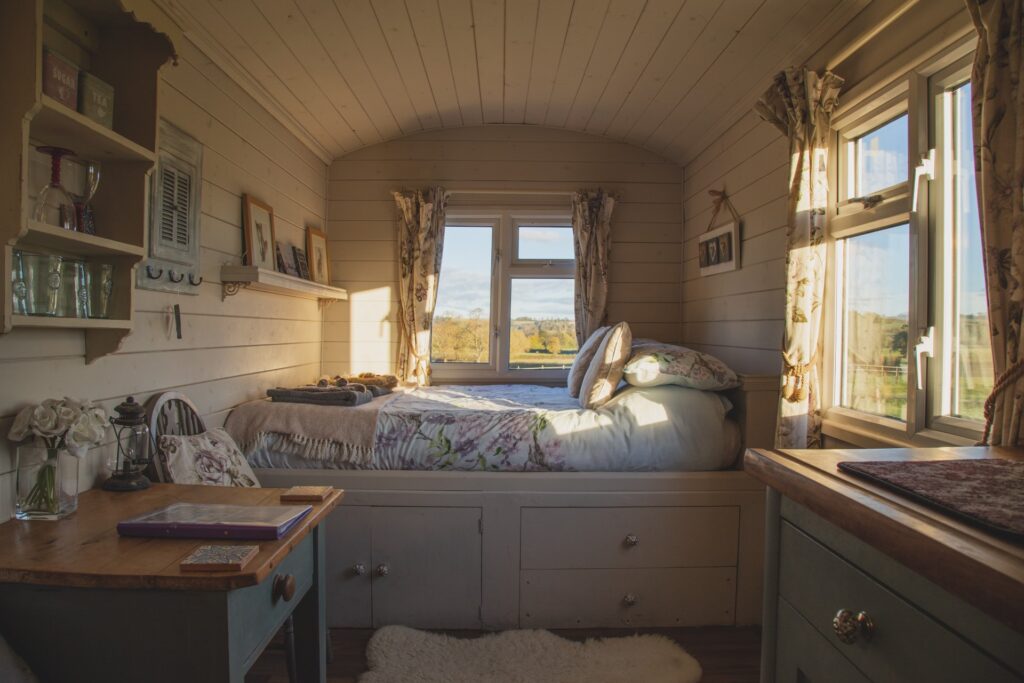
We are reader-supported. When you buy through links on our site, we may earn an affiliate commission.
Advancements in green technology and sustainability transform the ways we charge our lives. From wind turbines to electric cars, we can view eco-conscious energy sourcing all around us. As sustainable innovations increase in popularity, they transform traditional home electricity practices resulting in the emergence of net-zero homes.
You may notice houses in your neighborhood with solar-paneled roofs or LED lighting. These homeowners utilize energy-efficient devices to reduce their contribution to environmental degradation. Some individuals craft properties that run on 100% renewable energy, creating no carbon emission, called net-zero homes.
Importance of Renewable Energy Sourcing
Conventional residential energy sourcing comes from two sectors – fossil fuel and coal. Steam turbines and gas turbines rely on fossil fuels to generate energy. These systems burn the natural gas in electricity development which pollutes the atmosphere.
When natural gases and coal burn, they release toxins into the air, which creates the enhanced greenhouse effect. The Earth has a natural process of heating the environment to a certain degree, sustaining all life. As the sun’s energy penetrates the planet, the ozone and other naturally occurring elements heat the air. Some energy feeds down to Earth’s surface, where it warms the land and travels back into the atmosphere.
Air pollutants invade the atmosphere and trap excess heat in the environment. Unlike naturally occurring elements, pollutants hold energy in the air for an extended period, creating a global temperature rise. When the temperature increases, the climate and global ecosystem experience harsh effects.
Our carbon footprint calculates our contribution to the air pollutants trapped in the atmosphere. In the U.S., 40% of our carbon footprint comes from electricity use. To shrink our footprint and eliminate all emissions from our homes, we can source our electricity from renewable energy systems.
Net-Zero Homes
Net-zero homes produce as much renewable energy as they consume, using no excess non-renewable electricity. A net-zero home combines renewable energy systems, sustainable designs, efficient insulation and eco-conscious maintenance to limit its electricity use and eliminate its carbon emissions.
Install Solar Panels
Solar panels are an accessible addition to previously built homes. When homeowners install panels on their roofs, they can eliminate their reliance on non-renewable energy sources.
The majority of solar energy systems you see on roofs are photovoltaic (PV). PV systems efficiently convert direct sunlight to electricity for your home. In these panels, solar cells release electrons when combined with light which creates an electrical current.
Solar panels are an upfront investment, and they pay themselves off over time. While using renewable energy to power your home, you no longer pay an electricity bill. The money you save from your utilities can go towards paying off your panel loan.
Window Design
Once you install solar panels on your home, you will want to ensure that your investment works. You can maximize the efficiency of your renewable energy use by designing your home for sustainable temperature control. Windows are the sun’s natural entrance into your house, along with its heat and light.
When you utilize your windows for energy conservation, you can reduce your reliance on electric lights and heating systems. Understanding the maximum sun exposure and shaded regions can help you decide where to put up black-out curtains in prebuilt homes. You can naturally heat your home by allowing total sunlight exposure through windows facing within 30 degrees of south.
In the summer, you can close the blinds of these windows to conserve air conditioning. You can also utilize sheer blinds to allow sunlight to illuminate rooms rather than artificial light. These small changes can save a home’s energy use allowing solar electricity to run all functions.
Energy-Efficient Insulation
You can also make the most out of your solar energy use by installing energy-efficient insulation in your home. This process is more invasive than panel installation or putting up blinds, and it is effective. When you reduce strain on your heating and air condition system, your renewable electricity can sufficiently control your house’s temperature.
You can insulate your walls, floors and ceilings with thick material to ensure adequate temperature control. To restrict heat and air conditioning from escaping the home, you will also need to seal cracks, replace old window frames and address any regions that allow unwanted airflow. Insulation renovations may help homeowners reach their goal of creating a net-zero home.
Residential Habits
Net-zero homes not only rely on green technology but also the practices of residents. When a house is self-sufficient and off the grid, it must utilize energy conservation to maintain its goals. Homeowners can limit their electricity use by unplugging devices to pull power when they are not in use.
Residents can also turn off the lights when they leave the house to conserve energy further. Also, switching all light bulbs with LED lights can reduce their electricity use by 75% annually. Evaluate your home’s most significant energy vampire and attempt to cut back on its electricity use.
Sustainability Is Possible
With additions, renovations and altered habits, you can transform your property into a net-zero home. Many individuals believe that you must build a sustainable home from the ground up, but you can always convert your present residence. Making this transition is an upfront investment that will pay itself over time. Your decision to create a net-zero home will please both your wallet and the planet.










